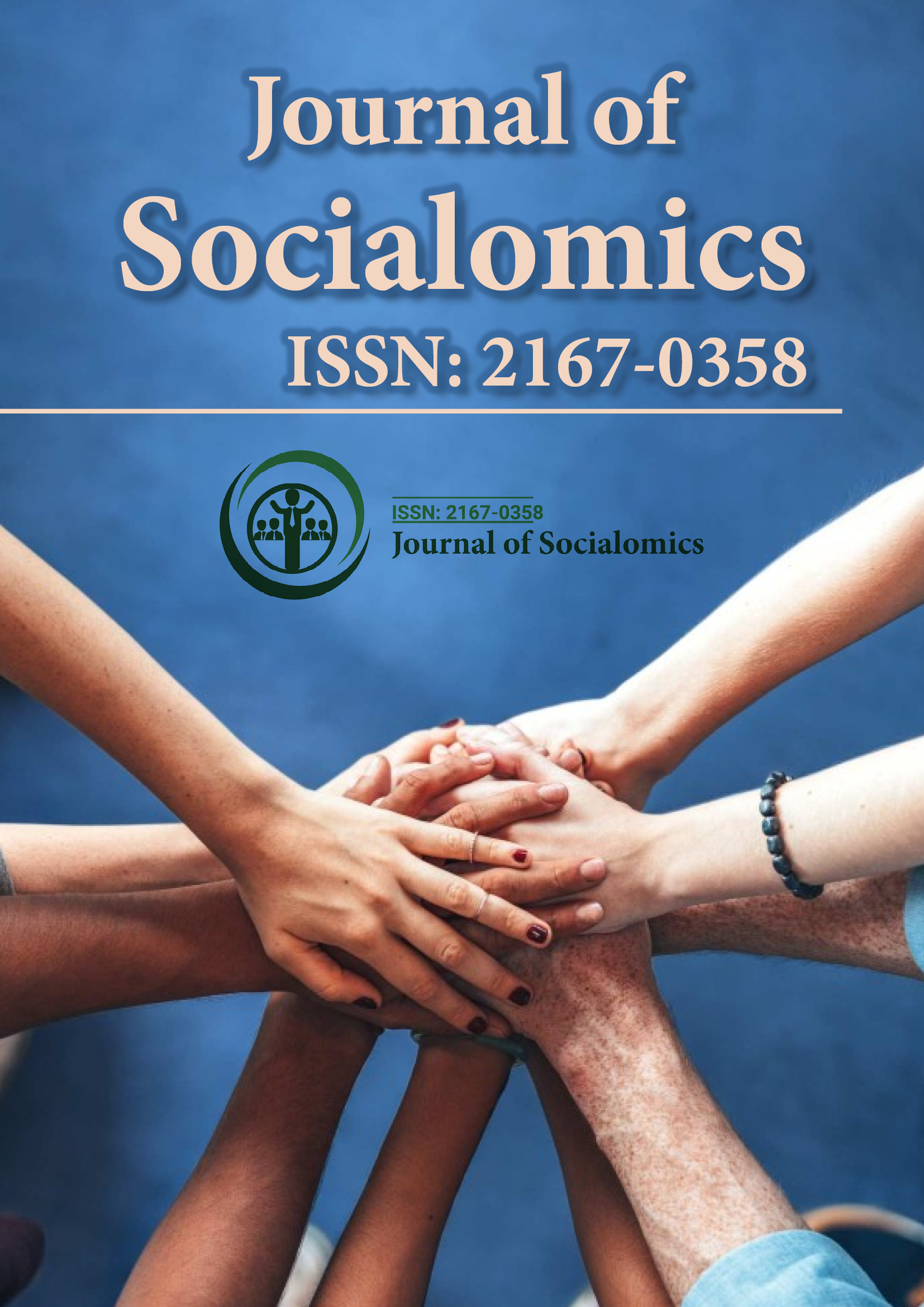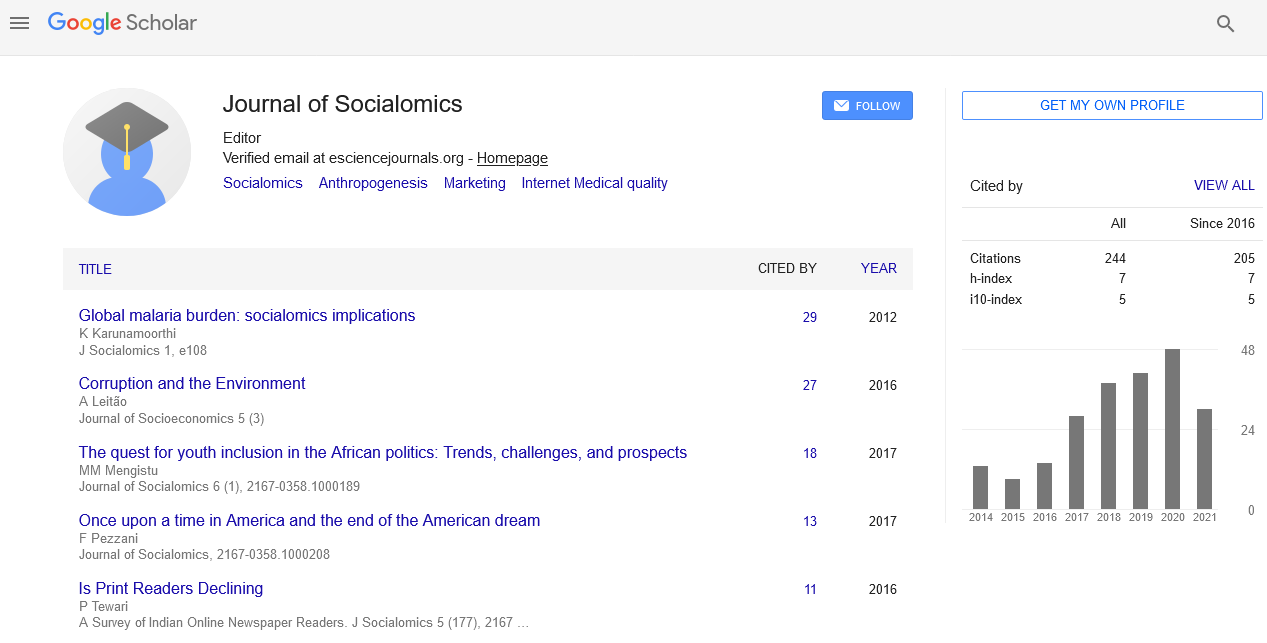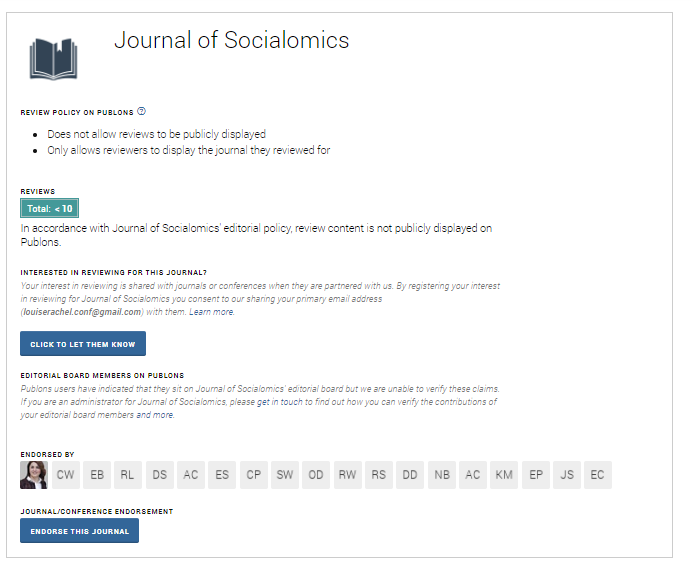Indexed In
- Open J Gate
- Genamics JournalSeek
- SafetyLit
- RefSeek
- Hamdard University
- EBSCO A-Z
- OCLC- WorldCat
- Publons
- Google Scholar
Useful Links
Share This Page
Journal Flyer

Open Access Journals
- Agri and Aquaculture
- Biochemistry
- Bioinformatics & Systems Biology
- Business & Management
- Chemistry
- Clinical Sciences
- Engineering
- Food & Nutrition
- General Science
- Genetics & Molecular Biology
- Immunology & Microbiology
- Medical Sciences
- Neuroscience & Psychology
- Nursing & Health Care
- Pharmaceutical Sciences
Commentary - (2025) Volume 14, Issue 1
An Analytical Study of Labor Market Dynamics and Employment Trends
Liu Huan*Received: 24-Mar-2025, Manuscript No. JSC-25-29186; Editor assigned: 26-Mar-2025, Pre QC No. JSC-25-29186; Reviewed: 12-Mar-2025, QC No. JSC-25-29186; Revised: 19-Mar-2025, Manuscript No. JSC-25-29186; Published: 26-Mar-2025, DOI: 10.35248/2167-0358.25.14.262
Description
Labor market dynamics refer to the patterns and processes that govern the supply and demand for labor, shaping employment, wages, and workforce participation over time. Understanding these dynamics is crucial for policymakers, businesses, and workers as they influence economic growth, income distribution, and social stability. The labor market is inherently dynamic because it continuously adjusts to changes in economic conditions, technology, demographics, policies, and global factors.
At the core of labor market dynamics is the interaction between labor supply the number of workers willing and able to work and labor demand the number of workers that employers want to hire. Labor supply is influenced by population size, age distribution, education, skills, cultural norms, and incentives such as wages and social benefits. Labor demand depends on economic activity, industry growth, technological advancements, and business cycles.
Another important dynamic is labor mobility. Workers may move between jobs, industries, or geographic regions in search of better wages, working conditions, or career opportunities. High labor mobility enhances the efficiency of the labor market by allowing workers to match their skills with employer needs, leading to productivity gains. However, mobility can be hindered by factors such as relocation costs, family ties, skill mismatches, and regulatory barriers.
Technological change profoundly affects labor market dynamics by altering the types of skills in demand and the nature of work itself. Automation and digitization can displace workers performing routine tasks but also create new jobs requiring advanced skills. This structural transformation requires workers to adapt through retraining and lifelong learning. The pace of technological change can lead to skill mismatches, where the workforce’s capabilities do not align with employer requirements, causing frictional unemployment.
Demographic trends also influence labor market dynamics. Aging populations in many developed countries reduce the size of the working-age population, potentially shrinking labor supply and increasing the dependency ratio the number of retirees per working individual. This shift creates challenges for pension systems and healthcare funding but can be partially offset by increasing labor force participation among older workers or women. Conversely, in younger populations, rapid workforce growth can strain job creation and lead to higher unemployment if economic growth is insufficient.
Institutional and policy factors shape labor market dynamics by regulating employment relations, social protections, and incentives. Minimum wage laws, unemployment benefits, labor unions, and employment protection legislation affect hiring and firing practices, wage setting, and worker security. For example, generous unemployment benefits may increase the duration of job search, affecting unemployment rates, while strong employment protections can reduce job turnover but may also discourage hiring.
Labor market dynamics also include the concept of unemployment types. Frictional unemployment arises from the time it takes for workers to find new jobs matching their skills and preferences. Structural unemployment results from mismatches between workers’ skills and available jobs, often due to technological changes or geographic disparities. Cyclical unemployment is linked to economic downturns. Effective labor market policies address these types differently, focusing on training and education for structural issues, and fiscal stimulus or job creation programs during cyclical downturns.
Conclusion
Labor market dynamics are shaped by a complex interplay of economic, technological, demographic, institutional, and global factors. These dynamics influence how labor markets function and evolve, affecting workers’ livelihoods and economic prosperity. Understanding and managing labor market dynamics through sound policies, education, and innovation is essential for creating inclusive, resilient, and adaptable labor markets that meet the needs of both employers and workers in a rapidly changing world.
Citation: Huan L (2025). An Analytical Study of Labor Market Dynamics and Employment Trends. J Socialomics. 14:262.
Copyright: © 2025 Huan L. This is an open-access article distributed under the terms of the Creative Commons Attribution License, which permits unrestricted use, distribution and reproduction in any medium, provided the original author and source are credited.


